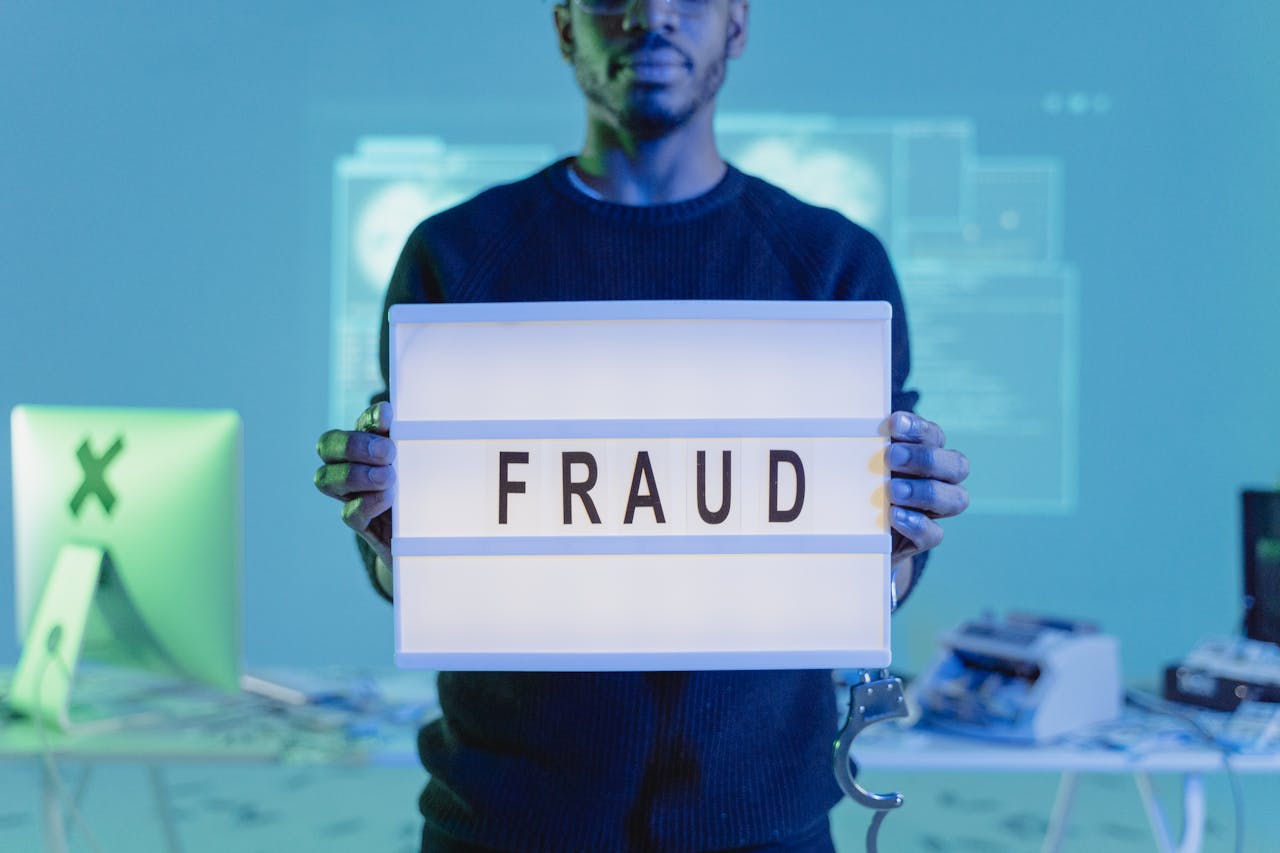Deepfake Technology is Reshaping Financial Security
Deepfake financial fraud is rapidly becoming a major threat in the banking and investment sectors. In 2023 alone, financial fraud caused over $10 billion in losses, according to the Federal Trade Commission (FTC). A significant portion of these scams involved AI-generated deepfakes, making it increasingly difficult to detect fraud.
Real Case: AI Voice Scam Stole $35 Million
A financial executive at a multinational firm in Hong Kong received an urgent call from the “CEO,” instructing an immediate transfer of $35 million. The call was followed by a video meeting, where the “CEO” confirmed the request. However, the entire communication was AI-generated using deepfake technology. The funds were transferred to offshore accounts and became untraceable.
Deepfake scams are revolutionizing financial fraud, rendering traditional security measures ineffective. How exactly does deepfake technology operate in financial fraud? How can banks, businesses, and individuals protect themselves? This article explores these questions in detail.
2. How Deepfake Technology is Used in Financial Fraud
Deepfake scams are evolving rapidly, with fraudsters using various methods to deceive financial institutions and individuals. The three most common techniques are:
2.1 AI Voice Deepfake Scams
AI voice cloning can mimic anyone’s speech, including their tone, accent, and emotions, with just a few seconds of recorded audio. This technology is used for:
- Impersonating bank representatives to steal account credentials
- Faking corporate executives to authorize fraudulent transactions
- Mimicking family members in distress to request emergency money transfers
Real Case: UAE Bank Lost $35 Million to AI Voice Scam
In 2023, employees at a UAE-based bank received an urgent phone call from their “CEO,” instructing a $35 million transfer. The voice was an exact match, making the request seem legitimate. The money was swiftly wired, only for the bank to realize later that the CEO had never made the call.
2.2 AI-Generated Deepfake Videos
AI can now generate hyper-realistic videos that mimic corporate leaders, investors, and government officials. These are used to:
- Promote fake investment opportunities
- Spread misinformation to manipulate stock prices
- Impersonate public figures in fraudulent financial announcements
Real Case: Fake Elon Musk Crypto Scam
Scammers created a deepfake video of Elon Musk endorsing a cryptocurrency, distributing it through social media ads. Thousands of investors, believing it was genuine, poured their money into the scheme—losing millions when the fraud was exposed.
2.3 AI-Generated Fake Documents & Images
- Creating counterfeit bank statements and loan applications for financial fraud
- Faking contracts to deceive businesses in high-value transactions
- Producing fake corporate announcements to influence stock markets
Real Case: AI-Generated Bank Statements Used for Loan Fraud
A group of fraudsters used AI to fabricate bank statements and secure high-value loans. By the time the deception was discovered, the criminals had already disappeared with the funds.
3. The Impact of Deepfake Financial Fraud
3.1 Who is Most at Risk?
- High-net-worth individuals targeted for large financial scams
- Bank customers tricked by fake customer service calls
- Corporate finance teams misled by fraudulent executive directives
3.2 The Business Risk for Financial Institutions
- Traditional authentication methods (passwords, OTPs) are no longer secure
- Remote work increases vulnerability to deepfake scams
- Companies may face legal repercussions for failing to detect AI-generated fraud
3.3 Regulatory Challenges & Global Responses
- The SEC (U.S. Securities and Exchange Commission) is tightening regulations on AI fraud
- The EU AI Act proposes strict guidelines for labeling deepfake content
- Governments worldwide are working on AI fraud prevention legislation
4. How to Prevent Deepfake Financial Fraud
4.1 Personal Protection Strategies
- Use Multi-Factor Authentication (MFA) instead of relying solely on passwords
- Verify transactions via video calls before authorizing large transfers
- Be skeptical of voice-based requests—always confirm with secondary verification
4.2 Corporate Defense Strategies
- AI-Powered Deepfake Detection Tools (e.g., Microsoft Deepfake Detection API)
- Biometric Verification (face recognition with liveness detection)
- Zero Trust Security Model, requiring continuous identity verification
4.3 Government & Legal Measures
- The U.S. government is pushing for the AI Fraud Prevention Act
- The EU AI Act mandates clear labeling of deepfake-generated content
5. The Future of AI Scams: A Battle Between AI & AI
Deepfake scams will not disappear; instead, they will continue evolving. In my opinion:
- Financial institutions must adapt to AI fraud rather than solely relying on traditional defenses.
- AI-driven fraud detection will become a key investment area as businesses seek to protect assets.
Ultimately, the fight against AI fraud will be an AI-versus-AI battle that shapes the future of financial security.
6. Summary of Key Points
- Deepfake financial fraud is a rising threat in the banking and investment sectors
- Individuals, businesses, and governments must work together to combat AI-driven scams
“Have you encountered AI-generated scams? What are your thoughts on the future of deepfake technology? Share your insights in the comments!”







